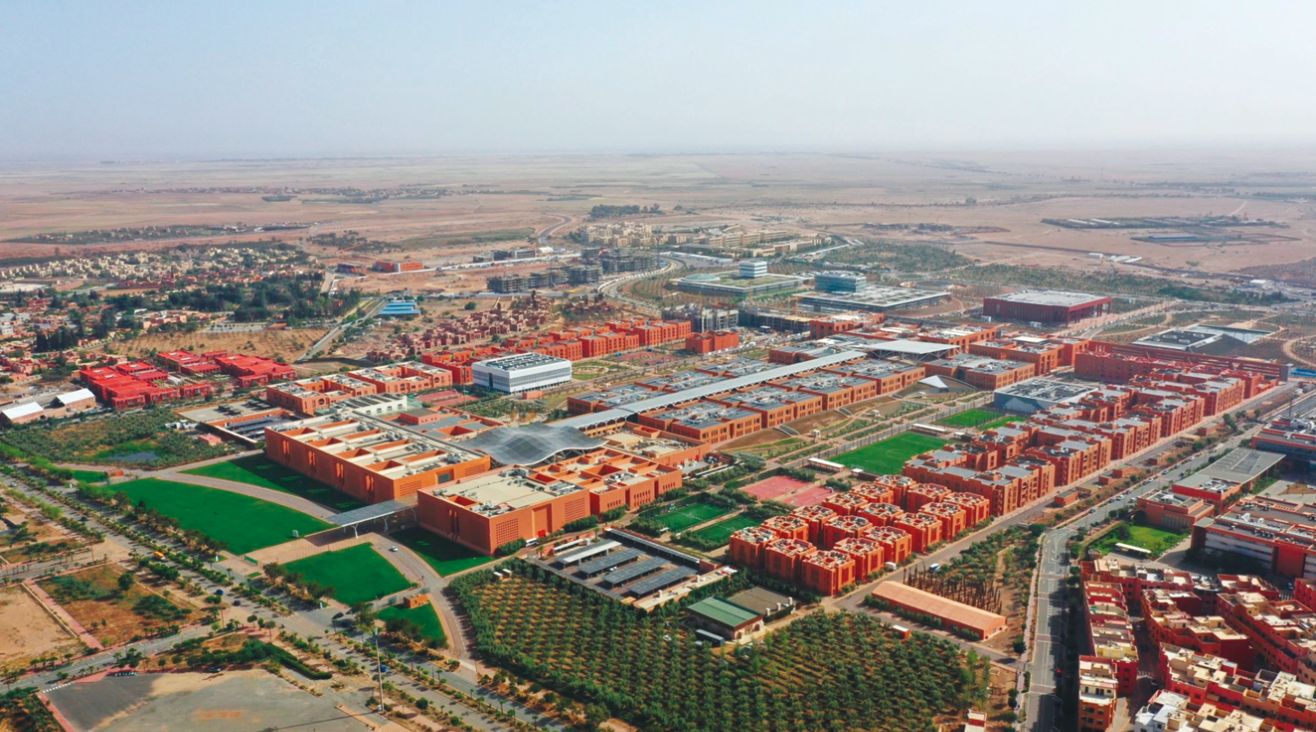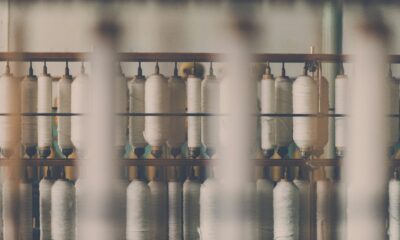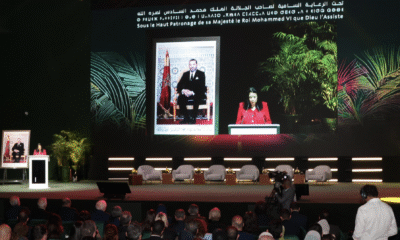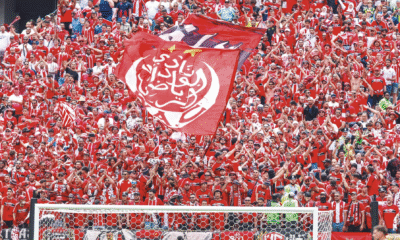Influences
A Bastion of Innovation Named UM6P
More than just an institution of excellence, Mohammed VI Polytechnic University (UM6P) is primarily a research & development platform serving the OCP group and remains open to all Moroccan and foreign researchers. A tour of labs and projects in the pipeline.

Investing in research & development (R&D) is an imperative for a group like OCP. Establishing a platform capable of creating the right conditions to unleash creativity and test discoveries is not a whim.
It is rather a necessity to maintain the industrial competitiveness of the former mining office, now playing among the big players, which must stay at the forefront of technology and reinvent best practices.
Thus arose the idea to create Mohammed VI Polytechnic University (UM6P), equipped with the necessary means to realize the group’s great ambitions in R&D.
By attracting about 250 of the most distinguished researchers to conduct experimental work, the need to open up to training appeared as a natural extension.
«It would have been a waste not to leverage all the brainpower mobilized for research in the service of education », explains a source close to OCP, recalling that the institution initially started with doctoral cohorts before opening its doors to high school graduates, 80% of whom are scholarship holders.
Ingenious Discoveries
Innovation is abundant within UM6P. Its various laboratories have been prolific in discoveries.
The Department of Materials Science and Nano-Engineering (MSN) develops several advanced technologies, including gas capture and utilization, extraction and purification, as well as hydrogen materials and systems for solar energy and batteries.
This lab developed the lithium iron phosphate (LFP) cathode active material used notably for electrical storage. This industrial pilot, which could revolutionize the battery market, is being developed with Innovx, a structure created under UM6P’s aegis to initiate the industrialization of innovations.
Innovx is already active on several fronts: besides producing containerized batteries and designing unique electrolytes, it is preparing a future factory for cell production and solar panel assembly.
Most importantly, Innovx founded Hydrojeel, a company tasked with developing OCP group’s green ammonia program aiming for a production of 3 million tons by 2030, mainly for producing soil fertility and plant nutrition solutions through customized fertilizers.
Within the UM6P ecosystem, there are also experimental farms and a mining experimental site, plus Stargate, a startup campus that includes a data center and the supercomputer installed by OCP.
«These tools have been crucial to map 110 million hectares per year using a predictive and prescriptive method based on data analysis, especially since laser technology reduced soil analysis costs to just one dollar compared to 100 dollars in labs »,explains an expert on the project.
The Green Energy Park is also part of the university built in Benguerir. On-site, the rehabilitation of mining lands into solar parks is confirmed: 100 hectares underway in Benguerir with deployment in Khouribga under study.
A photovoltaic cell development project is also underway-for possible use in these future solar farms-as well as a project for phosphate drying using concentrated solar thermal energy.
Many innovations are credited to UM6P, including a crucial discovery under development: a reagent to eliminate cadmium from Moroccan phosphate, which often subjects OCP to unjustified attacks, mainly in Europe, over the metal’s content.
Mirror Laboratories
These various researches have been made possible by the agility granted to this private university, which has attracted top talents, including Moroccans living abroad.
«UM6P currently has no fewer than 143 diaspora professors, some of whom have created mirror laboratories of those they lead at prestigious foreign universities », says our source. This bastion of innovation remains open to all components, including Moroccan researchers.
UM6P recently signed an agreement with the Ministry of Higher Education to contribute to a research program mobilizing one billion dirhams. This is far from a not-so-distant past: in 2013, the group allocated 90 million dirhams to Moroccan universities for corrosion research.
«Years later, barely 20% of that amount was used due to administrative burdens», recalls a former group member. It is difficult to complain today about UM6P’s efficiency or to limit it to a trivial comparison of its cost per student to that of public universities.
Its vocation is research. It is therefore more relevant to consider UM6P’s budget relative to the volume of investments that a group like OCP must dedicate to R&D: between 2.5% and 5% of its turnover, up to 5 billion dirhams per year…
Social Commitment in the DNA
The group’s social fiber and commitment are assumed by those close to top management who believe «it is part of OCP’s DNA».
Back when Youssoufia was still called Louis Gentil or in phosphate cities like Khouribga and Benguerir, almost all public infrastructure depended on the Office: the hospital, schools, even the electricity and sanitation networks.
Even today, the economic activity of these cities revolves around the OCP group. It is in its stronghold that the company primarily installs its excellence high schools, impressing recruiters from top French engineering schools (59 admitted to École Polytechnique in three years) and coding schools that train cohorts of digital skills.
Not to mention the university where the vast majority of students are scholarship holders from modest backgrounds. Social commitment in the DNA and meritocracy as a social elevator… this is indeed a mantra at OCP.













